Great Meteor Monastery
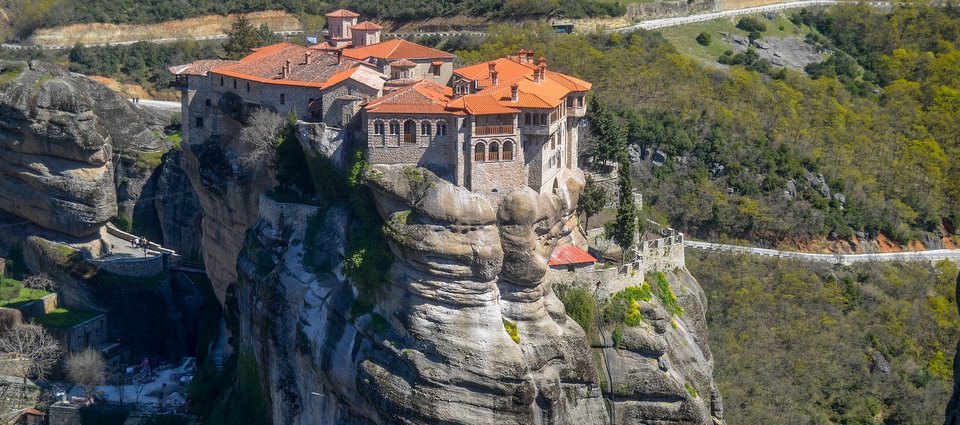
How did the Great Meteor Monastery come to be?
The Great Meteor Monastery (Great Meteoron) is one of six monasteries located in the Meteora Monastery complex, situated on rocky peaks in the Thessaly region of Greece. The establishment of the Great Meteor Monastery is linked to the history of the development of monk life in the area.
The history of the Great Meteor Monastery dates back to the 14th century. Initially, the area of Meteora was isolated and uninhabited. However, at that time monks seeking to escape the secular world began to come to the area, seeking peace and contemplation. Some of them settled on lonely peaks, forming the first hermitages – small one-man cells where they led hermitic lives.
As time passed, groups of monks began to form communities and build larger monasteries. The Great Meteor Monastery was probably built in the second half of the 14th century, although the exact date of its foundation is unknown. It was designed as a fortress on a rock, which was supposed to provide security from invaders and provide isolation for the monks’ lives.
The construction of the monastery was a huge challenge, due to the difficult access to the rocky peaks. Building materials such as stones, wood and food had to be carried by climbing or using ropes and torches. The monks used steel baskets, ropes and ladders to get the needed materials to the peaks.
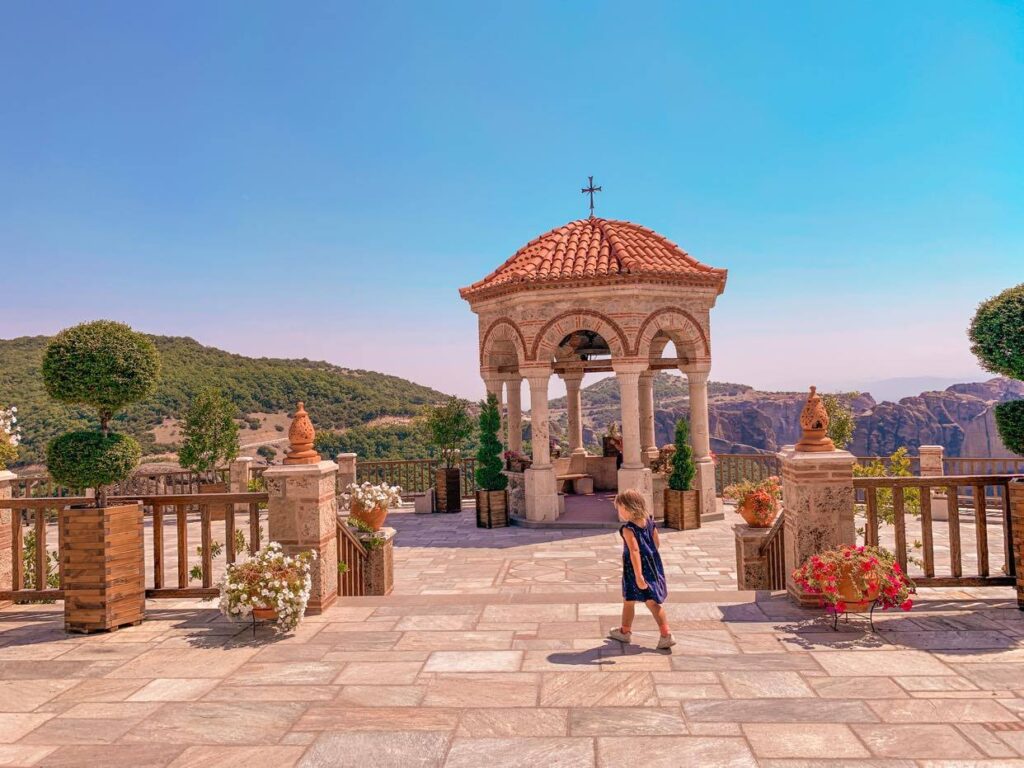
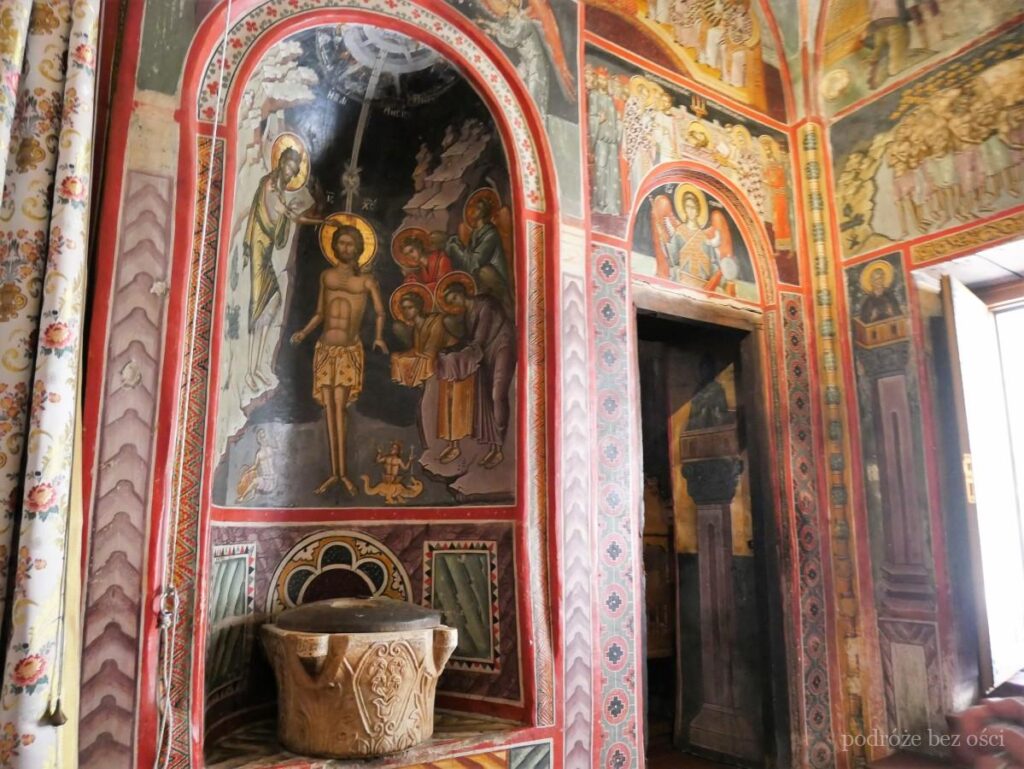
What did it look like for monks to enter the monastery great meteor? And what does it look like now?
The ascent of the Great Meteor Monastery was, and still is, a task requiring courage, determination and certain physical skills. Due to the monastery’s location on high rocks, the monks had to find special ways to get to the top.
Initially, when the monastery was founded, the only way to get to the top was to climb the rocky paths using ropes, ladders and climbing tools. Building materials, food and any other items needed were transported in baskets or hung from ropes and hoisted to the top.
As time passed and the monastery grew, the monks developed more convenient and safe means of transportation. Special elevators and ramps were built to facilitate access to the summit. The elevators were powered by a system of ropes, the ends of which were attached at the top and bottom. Monks sat in baskets that moved along the ropes, raising and lowering them at appropriate points.
In addition, in some cases, stairs were also built inside the rocks to make it easier to enter and exit the monastery. These stairs were carved into natural rock formations or carved into the rock.
Today, for most tourists and visitors, entering the Great Meteor Monastery is no longer as difficult as it was for monks in the past. Concrete stairs have been built that lead from the valley up to the monastery itself, providing comfortable and safe access for visitors.
However, it is worth noting that there are still some restrictions on entering certain parts of the monastery, which can only be accessed by monks or during certain ceremonies and prayers.
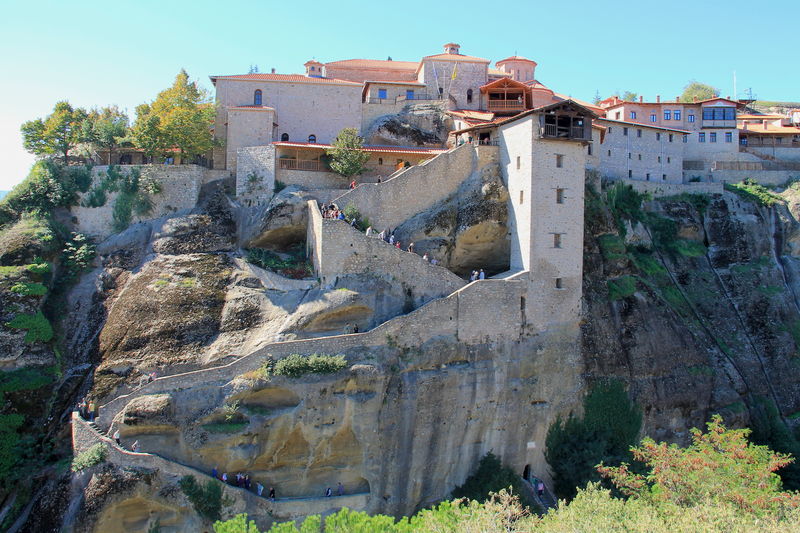
What were the monks in the monastery doing the great meteor?
Monks in a monastery are not secular. They are men who dedicate their lives to religious service and devotion. Their main goal is to pursue spiritual growth and achieve enlightenment
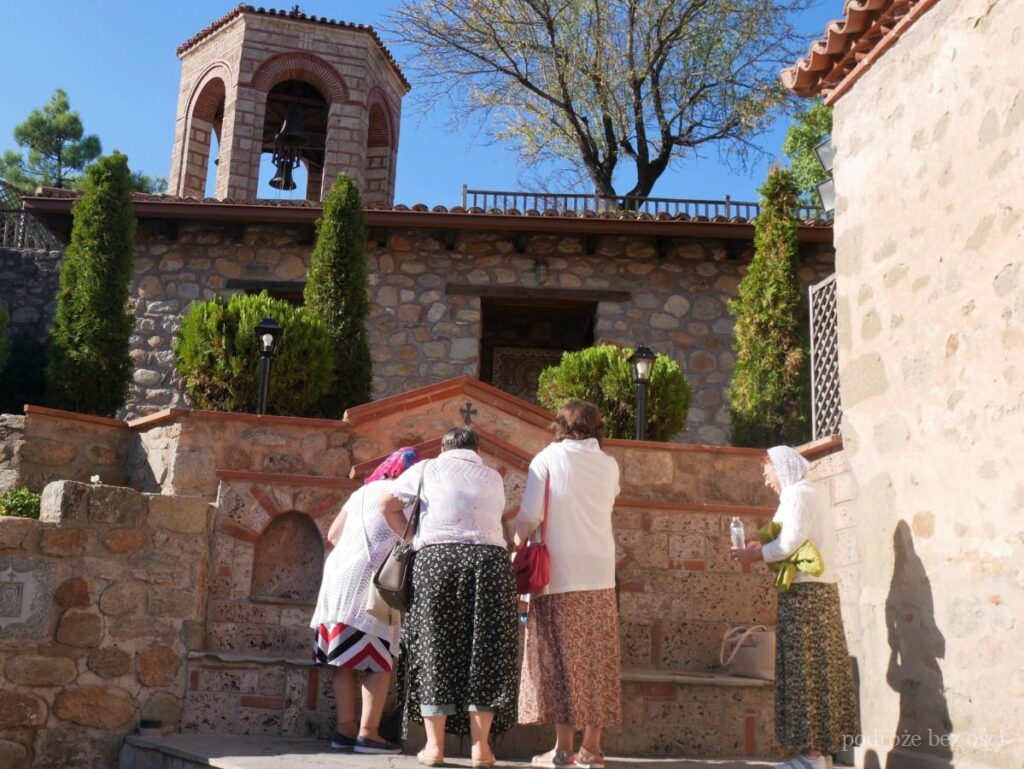
How to dress for the Great Meteor Monastery?
If you are planning to visit this monastery, it is advisable to conform your clothing to the appropriate dress code that is applied to religious sites.
Keep in mind that the monastery is a place of great historical and religious value, so you should dress appropriately to show respect and cultural sensitivity. The following are general dress guidelines for visiting the Great Meteor Monastery:
Modesty: Avoid tight, revealing or defiant clothing. Dress modestly, with long pants or a skirt that covers the knees.
Shoulders: Avoid strapless tops or blouses with exposed shoulders. It is recommended to wear shirts or blouses with long sleeves.
Head Covering: For women, head covering is often required in Orthodox monasteries. It is advisable to bring a shawl or kerchief with you so that you can cover your head before entering the temple.

